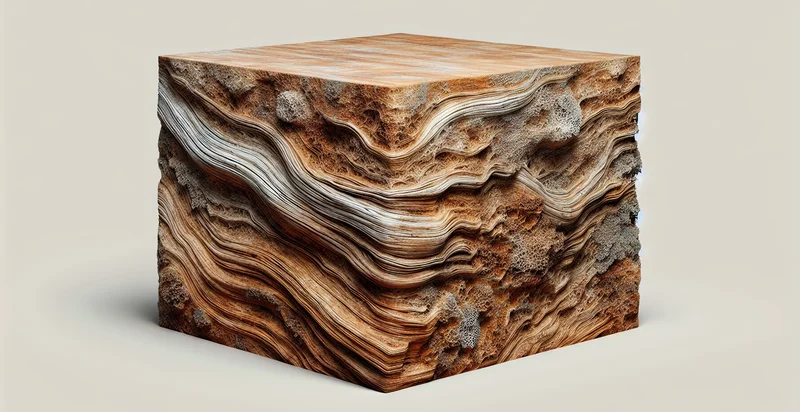Identify what material a zipper is made from
using AI
Below is a free classifier to identify what material a zipper is made from. Just upload your image, and our AI will predict what material a zipper is made from - in just seconds.

Contact us for API access
Or, use Nyckel to build highly-accurate custom classifiers in just minutes. No PhD required.
Get started
import nyckel
credentials = nyckel.Credentials("YOUR_CLIENT_ID", "YOUR_CLIENT_SECRET")
nyckel.invoke("what-material-a-zipper-is-made-from", "your_image_url", credentials)
fetch('https://www.nyckel.com/v1/functions/what-material-a-zipper-is-made-from/invoke', {
method: 'POST',
headers: {
'Authorization': 'Bearer ' + 'YOUR_BEARER_TOKEN',
'Content-Type': 'application/json',
},
body: JSON.stringify(
{"data": "your_image_url"}
)
})
.then(response => response.json())
.then(data => console.log(data));
curl -X POST \
-H "Content-Type: application/json" \
-H "Authorization: Bearer YOUR_BEARER_TOKEN" \
-d '{"data": "your_image_url"}' \
https://www.nyckel.com/v1/functions/what-material-a-zipper-is-made-from/invoke
How this classifier works
To start, upload your image. Our AI tool will then predict what material a zipper is made from.
This pretrained image model uses a Nyckel-created dataset and has 16 labels, including Canvas, Composite, Cotton, Denim, Fabric, Leather, Metal, Neoprene, Nylon and Paper.
We'll also show a confidence score (the higher the number, the more confident the AI model is around what material a zipper is made from).
Whether you're just curious or building what material a zipper is made from detection into your application, we hope our classifier proves helpful.
Related Classifiers
Need to identify what material a zipper is made from at scale?
Get API or Zapier access to this classifier for free. It's perfect for:
- Quality Control in Manufacturing: This function can be utilized in the manufacturing sector to ensure that zippers meet quality standards. By identifying the material composition, manufacturers can check for deviations from specifications and ensure that products are consistent in quality and durability.
- Supply Chain Management: Businesses can leverage this identifier to verify the materials supplied by vendors. Ensuring that the correct materials are used can prevent costly delays and defects in the final product, maintaining the integrity of the supply chain.
- Product Development: Designers and product developers can use this function during the prototyping phase of new products. By understanding the materials involved, they can make informed decisions about aesthetics, functionality, and cost-effectiveness.
- Sustainability Analysis: Companies focused on sustainability can use this function to assess the environmental impact of their zippers. By confirming the materials, they can identify opportunities for substitution with eco-friendly alternatives.
- Allergen Detection: In the fashion and textile industry, this identifier can be crucial for identifying potentially allergenic materials used in zippers. This helps brands cater to consumers with specific allergies, ensuring a safer product for sensitive users.
- Trademark and Legal Compliance: This function can help brands ensure compliance with trademark and legal standards by confirming material specifications. Brands can avoid legal disputes by verifying that zippers meet regulatory requirements concerning material disclosures.
- Consumer Product Information: Retailers can utilize this function to provide customers with detailed information about zipper materials in their product descriptions. This transparency can enhance customer trust and assist in informed purchasing decisions.


